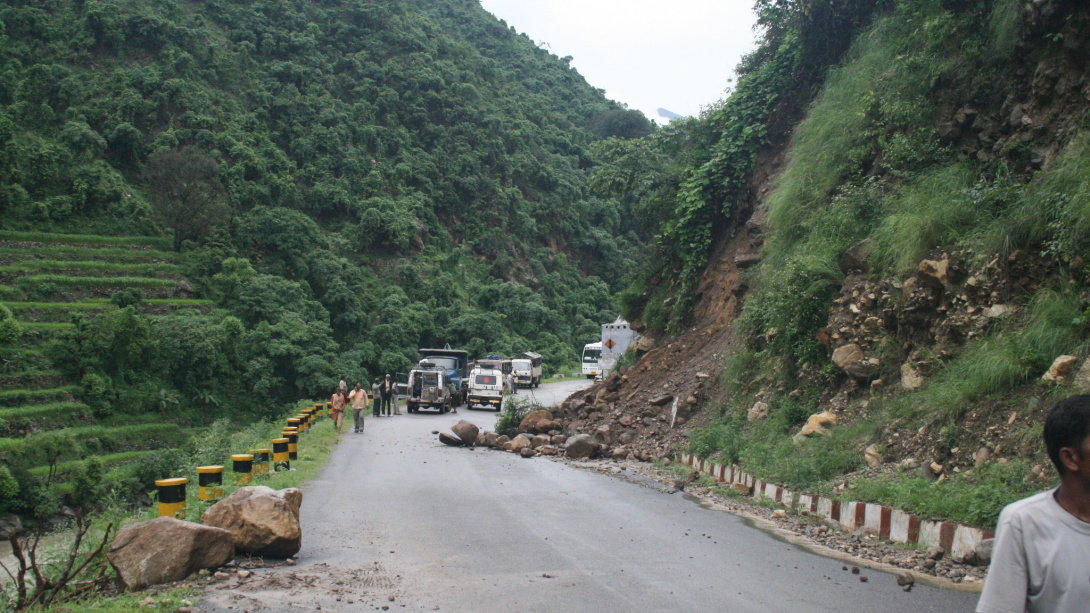The Nature Facility has provided recommendations to the UK Foreign, Commonwealth and Development Office (FCDO) and the state governments of Himachal Pradesh and Uttarakhand for action to address the growing risk of disastrous landslides by adopting and scaling up nature-based solutions.

Background
The mountainous northern Indian states of Himachal Pradesh and Uttarakhand regularly experience devastating landslides due to their topography and monsoon climate. Flows of mud and rock have killed and injured thousands of people, damaged property and displaced vulnerable communities.
The landslides pose a significant societal challenge, not only in terms of immediate destruction but also because of their long-term impacts on livelihoods, infrastructure and regional development. Over time, they degrade biodiversity and ecosystem services.
The landslide risk is being exacerbated by climate change, environmental degradation and poor-quality construction. Often, the mismanagement and degradation of ecosystems are major drivers of risk.
Climate change is predicted to significantly worsen hydro-meteorological hazards, such as floods and landslides, with increasing socio-economic impacts. There is an urgent need to address the risks associated with these events to reduce loss of life, injuries and damage to livelihoods and property.
What did the Nature Facility do?
The Nature Facility has recommended a comprehensive action plan for the state governments of Himachal Pradesh and Uttarakhand to address landslide disaster risk by adopting and scaling up nature-based solutions.
The recommendations
- Propose a resilience framework based on nature-based solutions to help move beyond traditional engineering approaches and address underlying causes of landslides through integrated land-use planning, forest management, bioengineering solutions, and ecosystem conservation
- Aim to address immediate vulnerabilities while anticipating long-term environmental and climate challenges
- Introduce a diagnostic tool to enable state authorities to assess risks and vulnerabilities and identify solutions that generate wider environmental, climate and sustainable development co-benefits
- Outline a multistakeholder co-design process
- Propose a partnership strategy to mainstream nature-based solutions into the states’ disaster risk management strategies and action plans
- incorporate gender equality, disability, and social inclusion considerations.
The goal is to foster sustainable, climate-resilient solutions for landslide risk reduction.
Authors: International Centre for Integrated Mountain Development (ICIMOD)